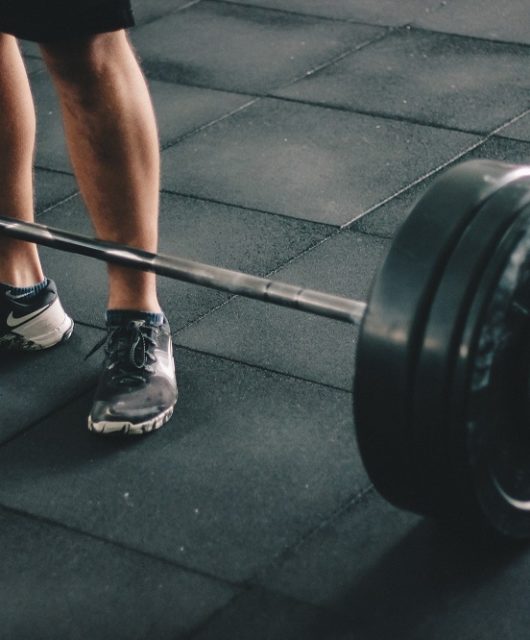Lactic acid is a term that frequently comes up in discussion of healthy exercise. However, there seems to be some confusion over what it actually means. For one, when people talk about lactic acid buildup, they really mean lactate buildup. Since it is the common term, we will continue to refer to it as lactic acid in this blog post to avoid confusion. Just know that, scientifically speaking, it is the effects of lactate that we are trying to mitigate in the body.

Still, we must answer the question. As you probably know, lactic acid buildup is blamed for muscle soreness that comes after strenuous workouts. But why does this happen? Lactic acid is the result of anaerobic energy production. “Anaerobic” means “without oxygen.” So, when you are in the middle of a hard workout and breathing heavily, your body is attempting to take in as much oxygen as it can to keep you going. When you require more energy than you have the oxygen to produce, your body begins the anaerobic process of glycolysis, creating lactic acid as a byproduct.
As the amount of lactic acid in your body grows, it starts to weigh down your muscles, making you feel fatigued. Although it can be frustrating as you try to power through, this serves as a signal that your body is being overworked. You can limit these symptoms and rid yourself of the lactic acid in your muscles if you train properly and build up your stamina.

One key to avoiding muscle fatigue is to remain hydrated. When you are in a dehydrated state, your body will more quickly resort to breaking down glycogen to produce energy, resulting in lactic acid. The goal is to be able to complete a lengthy exercise before the effects of that process begin to set in. By drinking copious amounts of water, you are arming your body with important nutrients to extend your workout.

Another critical aspect of keeping lactic acid at bay is to get enough rest between your workouts. It is a common misconception that lactic acid is responsible for the muscle pain you experience for the days following your workout. This is fictitious. In healthy persons, lactic acid recedes immediately following your workout, and as long as you take a “rest day,” your body will have enough time to clear out the lactic acid.
-111-1100x733.jpg)
Since lactic acid is a product of anaerobic energy production, it should go without saying that one way to prevent its buildup is to maximize aerobic energy production. Make sure your body is intaking as much oxygen as possible, mainly by taking frequent deep breaths.
Finally, warm up before you begin exercising and stretch both before and after each workout. This increases blood flow, flushing unwanted waste out of your system. You have to remember that your body is one entire unit, and everything is supposed to work in harmony. Lactic acid is simply one potential nuisance, and while you can take measures to prevent its buildup, you cannot afford to ignore other elements of healthy exercise.










